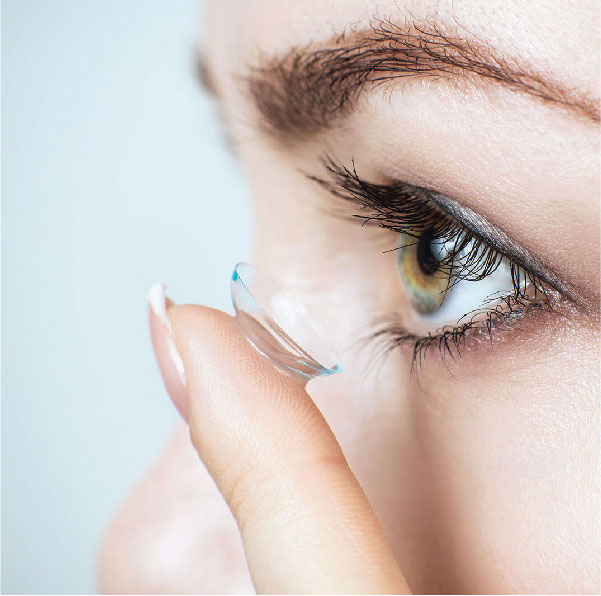The history of contact lenses for eyesight can be traced back to the 1800s when the first contact lenses for eyesight were made from glass. These early contact lenses for eyesight were difficult to wear and often caused irritation to the eye.
In the 1930s, plastic contact lenses for eyesight were introduced, which were more comfortable to wear and caused less irritation. However, these early plastic contact lenses for eyesight were hard and did not allow oxygen to reach the eye, which could lead to corneal damage.
Soft contact lenses for eyesight, which are made from a flexible plastic material and allow oxygen to reach the eye, were developed in the 1970s. These contact lenses for eyesight became popular because they were more comfortable to wear and caused less irritation than hard plastic contact lenses for eyesight.
In the 1980s, daily wear contact lenses for eyesight were introduced, which could be worn for a full day and then discarded. This made it easier for extended-wear contact lenses for eyesight because they did not have to worry about cleaning and disinfecting the contact lenses for eyesight.
In the 1990s, extended-wear contact lenses for eyesight were introduced, which could be worn for several days or even weeks at a time. These contact lenses for eyesight made it even easier for people to wear contact lenses for eyesight because they did not have to remember to take them out and clean them every day.
Today, there are many different types of contact lenses for eyesight available, including lenses for people with astigmatism and multifocal lenses for people who need glasses for both distance and reading.
Choosing Contact Lenses
There are several things to consider when choosing contact lenses. Here are the top five:
- Prescription: When choosing contact lenses, it is important to choose contact lenses that are prescribed by an eye doctor.
- Comfort: Go with choosing contact lenses that are comfortable to wear, as you will be wearing them for long periods.
- Material: There are several types of contact lens materials available when choosing contact lenses, including soft, silicone hydrogel, and hard.
- Replacement schedule: Before choosing contact lenses, consider how often you want to replace your contact lenses.
- Special features: Some contact lenses are designed with special features, such as UV protection or color-changing capabilities. Decide if these features are important to you when choosing contact lenses.



.jpg)